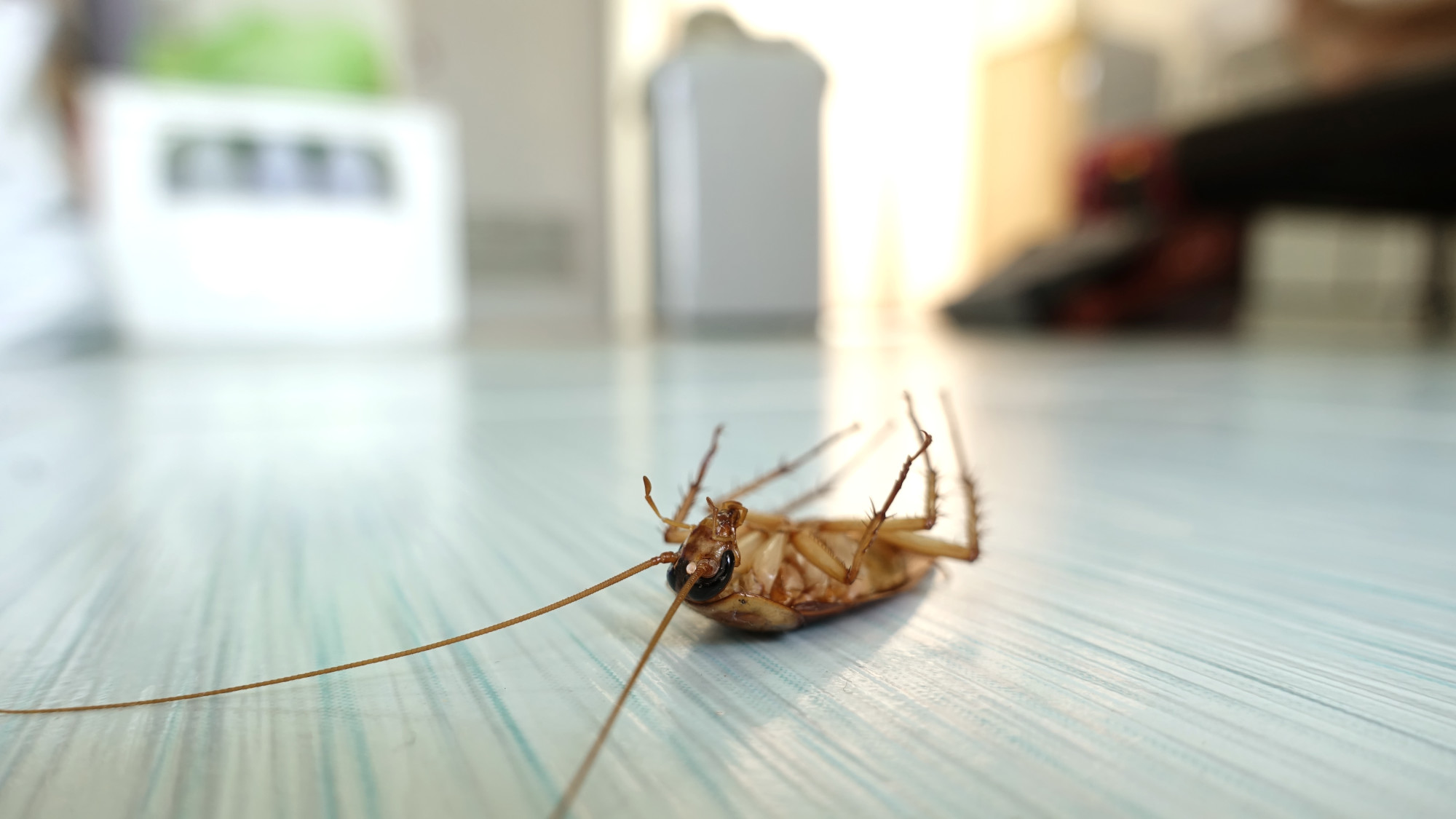
Dead cockroach on the floor after being hit by pesticides
Pests are a constant concern no matter where you live. The slightest hint of a pest can be nerve-wracking, and given the hazards to your health and home, their removal should be an immediate priority to protect your household.
Figuring out the smartest approach to handling a pest issue can be difficult. On one hand, you have the convenience of DIY pest control products. On the other, you have the superior effectiveness of professional solutions.
So what makes the most sense for your situation?
Expert pest control service will beat the best DIY pest control any day, but when it comes to prevention, there’s a lot that a homeowner can handle themselves. We’ll walk you through how you can help prevent pests and when to call in the pros.
The Best DIY Pest Control
Prevention is the best pest control approach. Access to your home and a suitable nesting environment will draw in pests of all kinds. Before long, you’ll have a full-blown infestation on your hands, with persistent pests jeopardizing your home’s structure and your family’s safety.
There are five essential points to cover on your DIY pest prevention checklist:
- Seal up entry points
- Protect your perimeter
- Clean regularly
- Reduce moisture
Let’s look at each step in a little more detail.
Sealing Entry Points
It doesn’t take much for pests of all kinds to get into your house. To keep them from having free reign to come and go as they please, you’ll need to carefully inspect your home’s foundation and exterior walls for any cracks, gaps, or holes to seal up.
Small holes can be managed with silicone caulk or exterior foaming spray. Larger holes may need hydraulic cement. Be careful to check windows and doors for weatherstripping opportunities, and note any gaps to fill around ports for dryer vents or utility lines.
Protect Your Perimeter
One of the most crucial pest control mistakes to avoid is skipping the perimeter of your home. Make sure you tend to your yard to take shelter away from pest populations. Maintain a trimmed lawn, and remove overgrown bushes and brush from around your house to keep pests at bay.
Clean Your House Regularly
A cluttered, dirty house gives pests food sources and shelter within the mess. Make sure your home is cleaned at least once a week, with paying extra attention to the kitchen and bathroom. When you empty the sink, take out the trash, seal up food, and wipe down counters, pests won’t have many reasons to come in.
Reduce Moisture
Your basement, crawlspace, and attic are prime targets for pest nests if you don’t control the moisture levels.
Keeping moisture to a minimum is not only essential for stopping mold and protecting your foundation, but it also takes away ideal conditions for vermin. Run a dehumidifier as needed, and invest in a humidity reader to keep your trouble spots in check.
Benefits of Hiring a Pest Control Service
Prevention can be extremely effective, but even the best DIY pest control methods won’t always root out pests once they invade your house. Most pests are persistent and excellent at hiding, so there’s often no telling whether or not your removal effort worked. And without complete eradication, you’ll be back at square one battling the same issue in no time.
When you have an infestation, the best pest control advice is to skip the DIY route and call a local pest control service for an inspection. With early action, you’ll save time and money in taking care of a small issue before it becomes a massive frustration.
Want more expert advice on taking care of your house? Follow our blog for daily insights on easy ways to make a happy and healthy home.
Leave a Reply